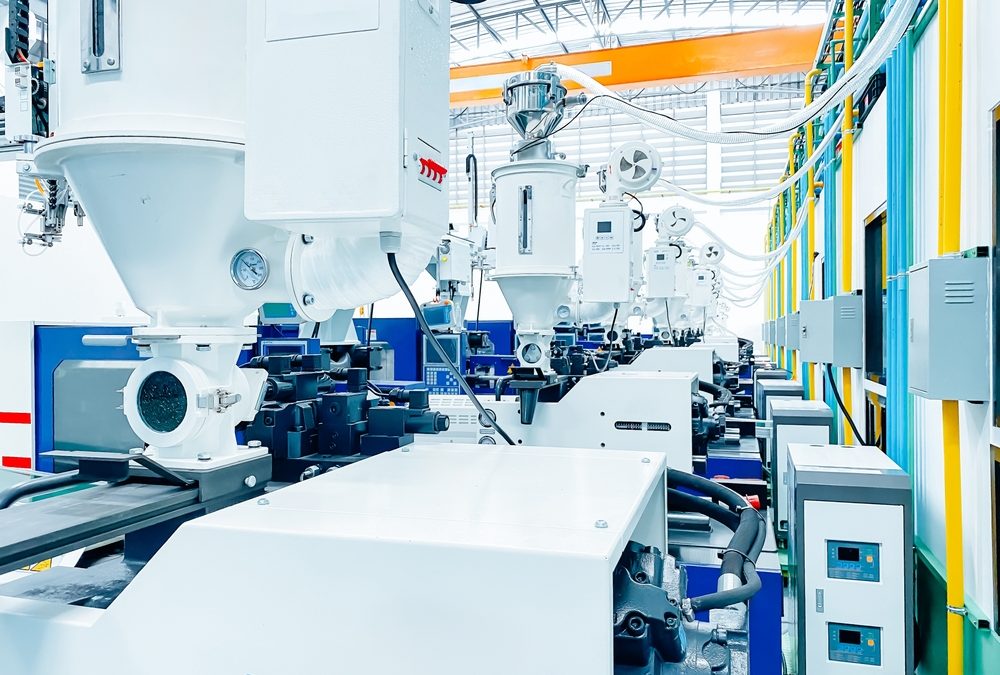Clients tend to have a number of standard and understandable questions when it comes to their injection molding needs, and many surrounding costs. A common example: How expensive is injection molding, particularly when dealing with customized part production?
At EnviroTech, we’re proud to offer the very best injection molding services on the market for a huge range of industries, from automotive needs to aerospace, medical and numerous other fields. Here are some basic cost-related breakdowns of several of the most important parts of the custom injection molding process – and their varying levels of importance for overall costs depending on the nature of the project.
Product Design and Prototyping
For many projects that require nuanced customizations to the parts needed, some of the largest costs will often go into designing and prototyping the final product. This might include 3D modeling, creating molds or tooling, testing and refining prototypes before final production can begin. Depending on the complexity of the project, this process can take anywhere from a few weeks to several months and can greatly impact overall costs.
For instance, if you are creating a new electronic device, prototyping will involve designing the circuit board, programming the software, and testing different components to ensure functionality. This process will require specialized skills and equipment, making it a significant expense.
For physical products, such as furniture or consumer goods, prototyping may also include creating mockups or samples to test for durability, usability and aesthetic appeal. This can involve materials sourcing and potential revisions to the design. It is important to budget not only for the initial prototype but also for potential iterations that may be necessary before reaching a final product that meets all requirements.
Custom Tooling Costs
Another area that can often be a major driver of costs in product development is custom tooling. This refers to the creation of specialized equipment or machinery needed to manufacture a product at scale. For example, if you are creating a new type of plastic bottle, you may need to invest in an injection molding machine specifically designed for that shape and size.
Custom tooling costs can vary greatly depending on the complexity of the product and the type of machinery required. It is important to carefully consider these costs when budgeting for your project as they can add significant expenses.
One way to potentially reduce custom tooling costs is through collaborative manufacturing partnerships. By partnering with experienced manufacturers who already have specialized equipment, you may be able to reduce or even eliminate the need for custom tooling on your project.
Material Costs
Naturally, the actual resins and other materials used for any plastic injection molding project are another notable expense. While material costs can vary greatly depending on the specific materials used and the quantities required, it is important to carefully consider this aspect of your project. In some cases, you may be able to find alternative materials that offer similar properties at lower costs. Additionally, bulk purchasing or negotiating with suppliers may help reduce material costs.
Another factor to consider when it comes to material costs is the potential for waste or scrap materials during the molding process. Minimizing waste and optimizing material usage can also help save money in the long run.
Secondary Processes
There are also a few secondary processes that may add costs to your injection molding project, including:
- Custom inserts: These are additional pieces that can be inserted into the mold to produce specific features or designs. Custom inserts may require extra design and manufacturing time, as well as additional materials costs.
- Surface finishing: Depending on your desired final product, you may also need to consider surface finishing processes such as painting, plating, or texturing. These secondary processes can add aesthetic value but may also increase production costs.
- Assembly: If your product requires multiple parts or components, assembly may be necessary. This adds extra steps in the production process and potentially additional labor costs.
- Painting: If your product requires a specific color or design, painting may also be necessary. This can add time and cost to the overall production process.
- Packaging: Once your product is complete, it will need to be packaged for shipping or display. This may involve special packaging materials or design, which could increase costs.
As you can see, there are several factors and parts of the process that can influence the costs of custom injection molding. For more here, or to learn about any of our custom injection molding services across industries, contact us at EnviroTech today!

